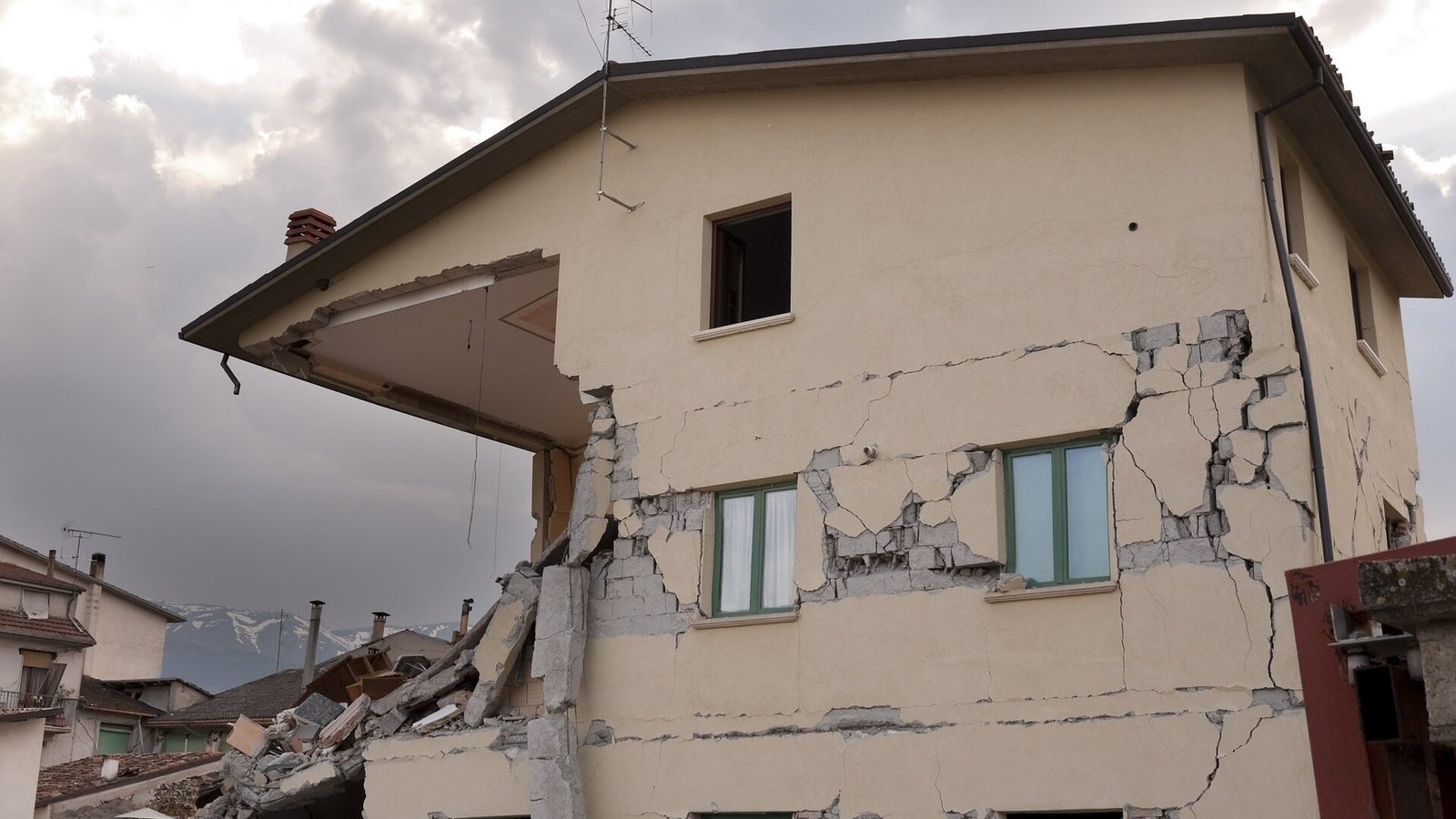
Hyderabad city has always been signifying culture and technology filled city. But the recent earthquake that affected this busy city exposes several areas that should no longer be neglected. Even the moderate earthquakes help as an awakening to the threats posed by Natural Disasters by preparing the communities for any occurrence of the similar disaster. This paper examines four key issues arising from the earthquake incident and comprehensively dissects the issues, process and prospect of solving these challenges.
Contents
Introduction
Hyderabad is situated in a relatively low seismic zone on the seismic scale than the other parts of India. However, it was seen that no city is completely safe from the catastrophe of an earthquake as the recent one. Although relatively mild a disaster, the earthquake exposed deficiencies in planning and design of cities, public preparedness, response management and sustainable use of the environment.
It is hoped that in this blog details of these concerns will be expounded with respect to the importance of short-term as well as long-term solutions. Hence by adopting lessons learnt from this event Hyderabad can ensure other towns offer similar standards of security during storms.
Urban Infrastructure Vulnerabilities
Hyderabad has benefited from swift urbanization because of its transition to a technology and business region. Modern high rises, residential, and business buildings have sprung up in the city as part of a continuing construction boom while standards and codes are being tested and implemented. The new construction today proudly states it as earthquake-resistant construction; however, the truth is quite different for the old structures and those which are constructed without permission.
The Legacy of Old Buildings
A significant portion of Hyderabad’s buildings was constructed decades ago, long before seismic safety norms became a consideration. These older structures, often found in densely populated areas, are especially vulnerable during earthquakes. Cracks, weakened foundations, and outdated materials make them prone to collapse even during moderate tremors.
The Risks in Older Constructions
It goes without say that many of the structures that were built several decades ago were not constructed with earthquake in mind. These structures are especially at risk because of what can be described as traditional construction techniques and inadequate upgrade/installation of structures to meet modern seismic resilience. In particular, the high density in aged section raises the risk of poor performance and probable causing high casualties.
The High-Rise Challenge
During the progress of development of cities its going vertical the high rise buildings are highly vulnerable during the earthquake. These towers have structural erosion, and poor maintenance as well as lacking adequate evacuation measures making them zones of vulnerability during earthquakes. It is a critical priority to guarantee that all buildings of tall structure follow safety standards.
Approaches to Structural Protection
The government and private entities must possibly undertake professional assessment of current structures. Modernization involves retrofitting of other structures to serve as additional first responses that include applying seismic technologies. New construction should bear particular emphasis on seismic provisions, and penalties upon non-compliance of the developers should be severe. It is only possible to guarantee safe operation in the future with frequent inspections and certifications.

Limited Awareness and Preparedness
Another thing that has been noted in earthquake situation is that there are a lot of people who are panicking. Some people evacuated from the buildings without heed of the threats caused by collapsing structures, while others locked themselves in houses without wearing any protective gear. This lack of knowledge reflects a broader issue: Hyderabad has not put measures in place to manage case of seismic disasters.
The Need for Public Education
Specifically, earthquake safety instructions are a rarity in most of the communities in Hyderabad. Organizations including schools, workplaces and residential societies hardly practice earthquake drills hence people will not know the best things to do during the exercise.
A Population Unprepared
Despite Hyderabad’s status as a major city, earthquake drills and safety education are virtually nonexistent. Schools, workplaces, and residential communities rarely conduct preparedness activities, leaving individuals unsure of how to respond during such emergencies.
Emergency Kits and Evacuation Plans
A small percentage of offices or households in Hyderabad contain emergency kits or even a clear plan of evacuation. This unpreparedness can worsen even moderate earthquake, therefore causing preventable casualties and confusion.
Steps to Build Awareness
- Conduct regular earthquake drills in schools, offices, and residential complexes.
- Use media campaigns to educate the public about earthquake safety.
- Introduce mandatory safety training for builders, architects, and community leaders.
- Develop mobile apps that provide real-time alerts, safety tips, and evacuation routes.

Insufficient Emergency Response Systems A Race Against Time
The existent emergency response systems play an important role of a difference between a life and death in the time of disaster. What the Hyderabad experience showed was that there were sundry problems in the city’s disaster contingency plan: Its communication was slow, there was little co- ordination and there were poor resources.
Challenges Faced by First Responders
No considerate measure was taken with regard to the training of firefighters, paramedics, and the rescue teams for earthquake situations. One major area that has been exhibited is the absence of well thought out plans in hospitals for attendance to so many patients within a short time.
Infrastructure and Resource Gaps
This is true in mean parts of emergency response centers that can hardly manage disasters as they happen in large scales. A lack of monitoring systems and early warning systems adds to the problems that confront the flash response team .
Strengthening Disaster Management Systems
- Establish a centralized disaster management authority with trained personnel and advanced equipment.
- Invest in real-time monitoring technologies and early warning systems.
- Conduct regular simulation exercises to ensure coordination among agencies.
- Increase funding for disaster preparedness, including emergency shelters and medical facilities.
The Challenges of Coordination During the earthquake, rescue and relief efforts were hampered by poor communication between emergency services, including the police, fire departments, and medical teams. The lack of a centralized command center made it difficult to prioritize and allocate resources effectively.
Environmental and Geological Factors A Delicate Balance
The earthquake also provided information about the contribution of human actions to the stability of the geology of the region. These concerning issues have come as a result of rapid growth of urbanization, deforestation, excavation of hills and filling of water bodies in Hyderabad.
The Role of Urbanization in Seismic Risks
Always, as the city grows, good barriers such as hills, wetlands, among others are being eliminated so that they can be developed. It not only raises the probability of an earthquake occurrence but also diminishes the capacity for the city in managing such occurrences.
The Groundwater Conundrum
Another condition that may indicate that the development of geologic hazards is probable is an excessive pumping of water from aquifers. The relationship between the withdrawal of ground water and the occurrences of earth quakes is widely accepted but under scientific investigation hence one cannot rule out on the impact of the other.
Building an Eco-Friendly Future
- Implement strict regulations to protect natural landscapes and ecosystems.
- Promote green building practices that minimize environmental impact.
- Encourage the restoration of water bodies and green spaces to maintain ecological balance.
- Raise awareness about the importance of sustainable urban development.
Conclusion
Houston, Texas, one day got an earthquake; to Hyderabad, it was not simply physical; it was an enlightenment. It revealed weak and sunk structures in the city, underlined the community’s ministration, and even criticized the processes of sustainable development. It was accompanied by an equal chance for change.
Solving these four significant issues will help Hyderabad to develop the required basis for security enhancement in the future. This needs the contribution of government departments, planning agencies, organizations and people in the community. This way I affirm that collectively we can turn the problem areas identified by this earthquake into opportunities for change.
So as we progress from here, the message I believe we should take with us is that, no matter who we are, preparation is not negotiable. It is a necessity one that makes all the people within the region of Hyderabad safer and healthier.
Source : Buzz Artical & HSUX Solutions
















